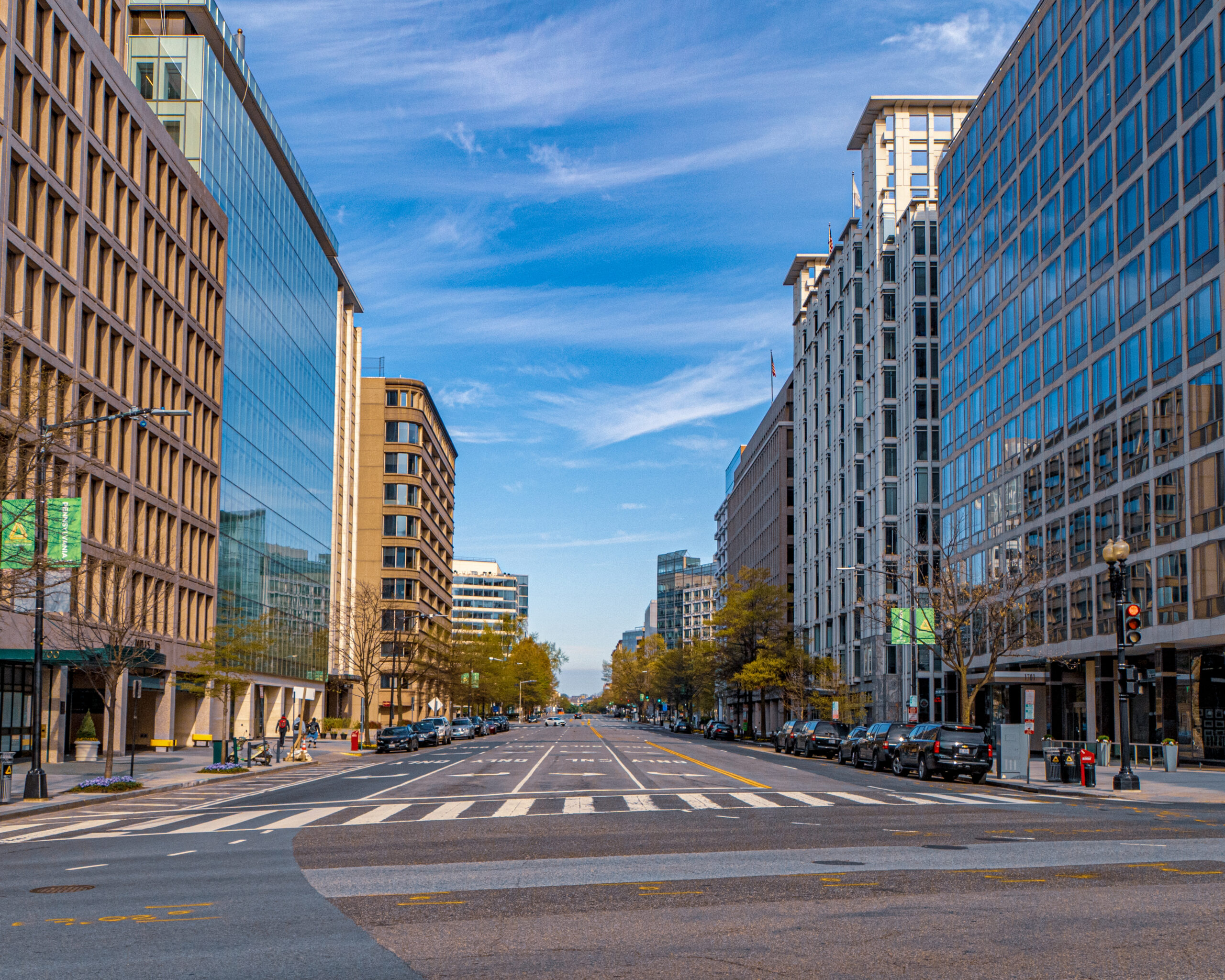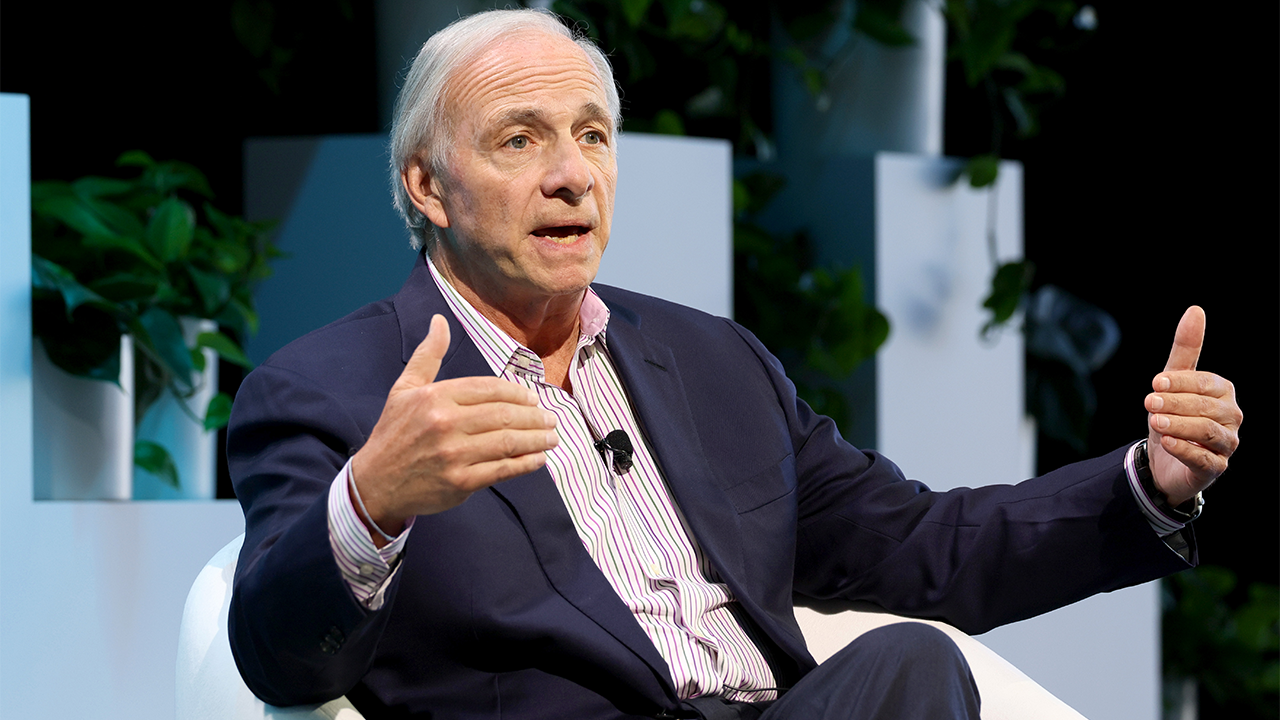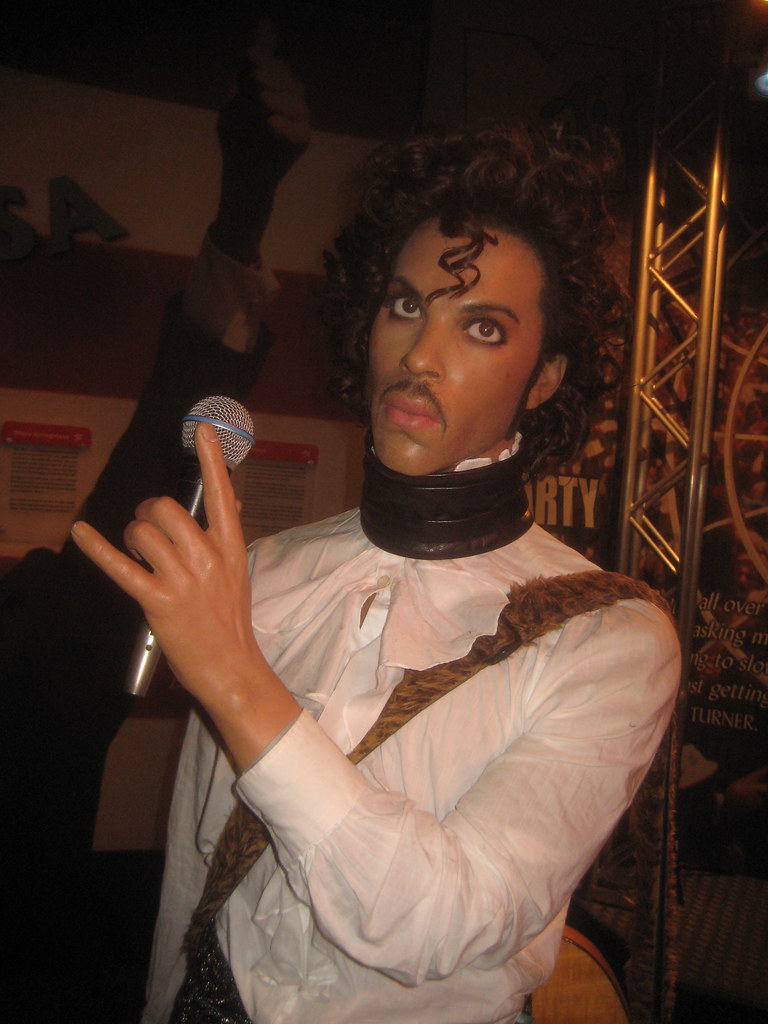
San Francisco’s downtown and commercial areas are grappling with a profound crisis, marked by a wave of high-profile retail departures and mounting economic pressures on businesses. The challenges are stark, raising questions about the future vitality of areas long considered economic pillars for the city.
The situation is perhaps most visible in the retail sector, where iconic stores have closed their doors. Nordstrom, for instance, ended its 35-year presence by closing its five-story department store in the San Francisco Centre. This follows closures by other major brands like Hollister, J.Crew, and American Eagle within the same center in 2023. The trend has continued, with The North Face closing in Union Square in spring 2024, the Zara store on Post Street set to close, and rumors circulating about Saks Fifth Avenue, which has already moved to an appointment-only model at its Union Square location and undertaken layoffs. The forthcoming closure of Bloomingdale’s, resulting in 164 layoffs, adds another significant name to the list.
These retail exits are attributed to a confluence of factors. Nordstrom’s leadership specifically cited “significant shifts in the Downtown market.” Experts and business owners point to rising crime, theft, and vandalism costs, alongside other concerns like the surge in fentanyl-related incidents, as contributing to declining business conditions in parts of the city. While crime is a factor, it’s not the sole cause.

The struggles extend beyond retail. The shift to remote and hybrid work models, accelerated by the pandemic, has left downtown office buildings with record-high vacancy rates, reaching 37.3% at the end of 2024. This impacts foot traffic crucial for surrounding businesses. Even companies like X have relocated parts of their operations out of the city center. This absence of daily workers contributes significantly to the quiet atmosphere in areas like Market Street.
Tourism, another vital engine, has also been impacted. San Francisco welcomed 26.21 million visitors in 2019, but the forecast for 2024 was lower at 23.01 million. While 2025 projections are slightly more optimistic at 23.55 million, the recovery remains incomplete. The hotel industry reflects this downturn, with properties like the Hyatt Regency Hotel and The Proper Hotel facing loan defaults and ownership changes.
Adding to the burden for many businesses are soaring insurance costs and shrinking coverage options. Nenna Joiner, owner of Feelmore Social in downtown Oakland, saw her monthly business insurance premium jump from $654 to about $1,000, a 50% increase. She was told the cancellation was due to her zip code’s high crime score, despite her business experiencing no incidents. This situation is not unique to Oakland; small business owners across the Bay Area report similar challenges.
Laurie Thomas, owner of San Francisco restaurants Rose’s Café and Terzo, saw her insurance premiums increase by 35% in the past year, from $34,643 to $47,040, despite submitting no claims. She noted, “It’s definitely not just a residential issue. It’s a small business issue.” Mat Schuster, owner of Canela Bistro, reported a roughly 30% increase in rates without claims or recent crime, describing it as “a little bit of a mystery.”

Insurers cite various factors for these increases. Luis Sahagun of Farmers explained that rates consider the type of business, historical loss trends, labor and reconstruction material costs, and inflationary pressures. He stated, “rates need to reflect the overall risk exposure we are insuring.” Janet Ruiz of the Insurance Information Institute added that California rates, historically lower than other states, are “catching up,” influenced by increasing costs related to crime, theft, vandalism, and overall inflation.
The challenges have become so severe that some businesses have reportedly lost coverage entirely, such as Bashir Naderi’s Cigarettes R Cheaper after repeated break-ins. Businesses like Decant SF, a wine bar, have had to switch insurers multiple times, seeing costs rise by thousands annually. Co-owner Simi Grewal found it “really, really difficult,” noting “fewer carriers that want to operate with bars and restaurants.” Broker Jordan Jurow described the market as the “craziest” veterans have seen, with options diminishing, even in San Francisco where wildfire risk is low, due to factors like older buildings and litigation risks.
The difficulty in securing conventional insurance is pushing more commercial properties, including small businesses and landlords, to the state-provided option of last resort, the FAIR Plan. The number of commercial policies under the FAIR Plan more than doubled from 4,601 in September 2019 to 9,939 in March 2024. Insurance Commissioner Ricardo Lara has directed the plan to increase its limit to $20 million per building to help larger developments.

Despite the significant headwinds, there are glimmers of hope and ongoing efforts to revitalize downtown. Mayor Daniel Lurie remains optimistic, and some new businesses are opening. A Nintendo store is set to open in the former BCBG location in May, and Ralph Lauren recently reopened a boutique in Jackson Square, joining other high-end retailers in that area. The city is also engaging with groups focused on beautification, street improvements, and creating entertainment zones.
Some propose more radical approaches. Randy Shaw suggests that key areas like Union Square, Fisherman’s Wharf, Downtown office spaces, and the San Francisco Centre require fundamental reinvention. He posits that Union Square, currently perceived as boring by young people and rooted in a 1950s vision, could benefit from attractions like a Korean Food Center or pickleball courts, citing the success of the winter ice skating rink as proof that the right draw brings people. For Fisherman’s Wharf, he suggests a large food hall akin to Lisbon’s Time Out Market to replace its tired tourist trap image and compete with popular nearby parks.
Addressing vacant downtown office spaces requires outside-the-box thinking. Shaw is skeptical that current beautification efforts or monthly street events, while drawing temporary crowds, will bring workers back consistently Monday through Friday. He notes that past successful one-off events didn’t sustain change in areas like UN Plaza until a radical idea like a skateboard park was implemented. While welcoming AI companies has been discussed, he points to the persistently high vacancy rates and low BART ridership as evidence that workers are not returning in significant numbers.

Instead, Shaw suggests considering tax incentives, similar to a past Mid-Market initiative, conditioned on businesses requiring workers to return at least four days a week to incentivize consistent foot traffic. For the San Francisco Centre site, he floats the seemingly “pie in the sky” idea of a sports stadium, drawing a parallel to how the Chase Center galvanized a new neighborhood. Rodney Fong of the SF Chamber of Commerce also supports imagining “a downtown stadium and a civic gathering space” there. Shaw argues this could rejuvenate the area without destroying historic buildings and activate a location currently lacking street life.
While the Tenderloin neighborhood is not seen as needing a radical physical makeover, Shaw believes clearing sidewalks and a return to pre-2020 tourism levels would allow its small businesses to flourish. The challenges facing San Francisco’s core districts are complex, involving remote work’s lasting impact, safety concerns, rising operational costs, and outdated urban planning paradigms.
Chris Thornberg, while acknowledging the struggles in specific “center city districts” like Market Street, offers a broader perspective, noting that from a macro economist’s standpoint, the San Francisco economy remains robust overall, with low unemployment and high venture capital investment. He points to the lasting impact of the tech sector’s shifts and the city’s housing crisis as fundamental issues. The debate continues on whether targeted improvements, financial incentives, or transformative overhauls are the necessary path to revitalize San Francisco’s downtown and secure its economic future amid these multifaceted pressures.
Related posts:
Insurance crisis hits Bay Area businesses, with some dropped over ‘crime scores’
Radically Remaking San Francisco
San Francisco, USA Faces Major Retail Shifts As Iconic Stores Close, But Hope For Revitalization Grows With New Openings And Strong Resilience From Downtown Retailers




